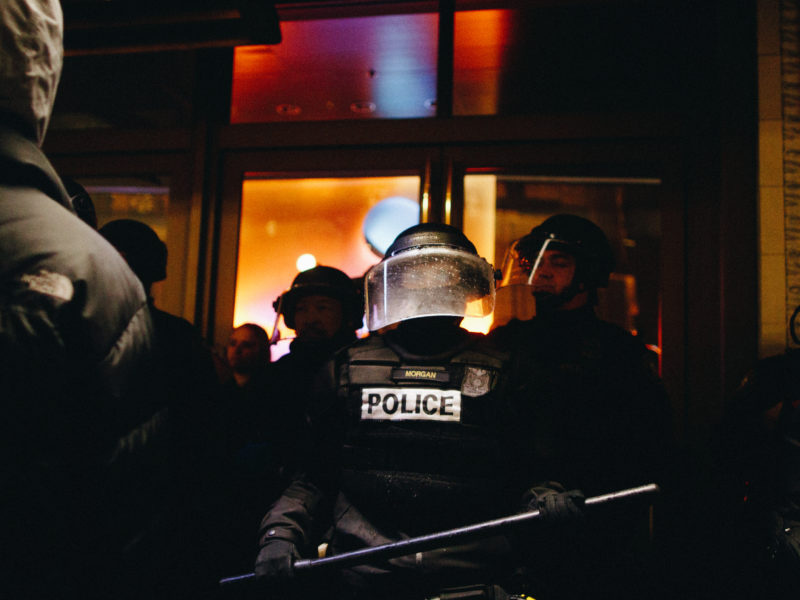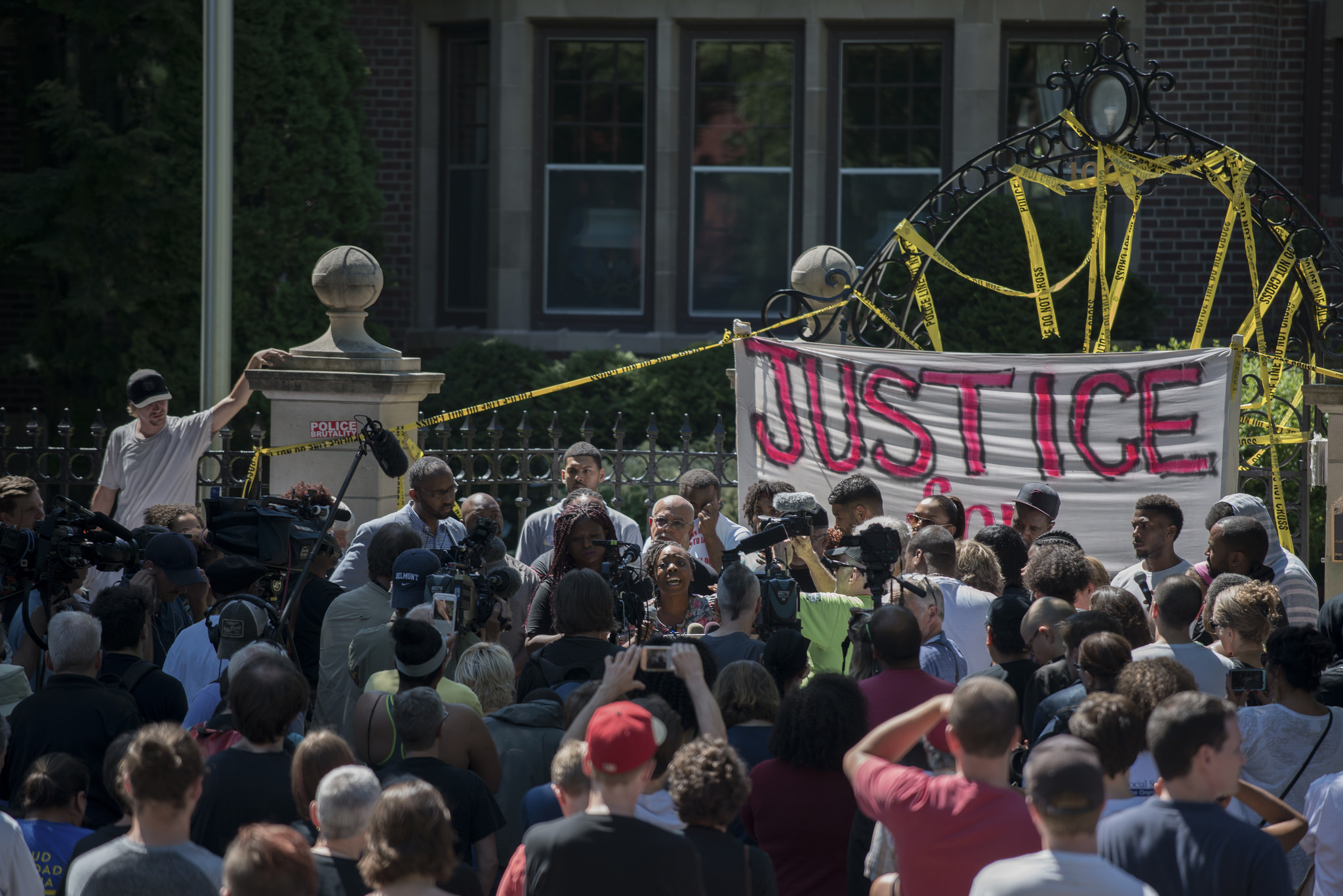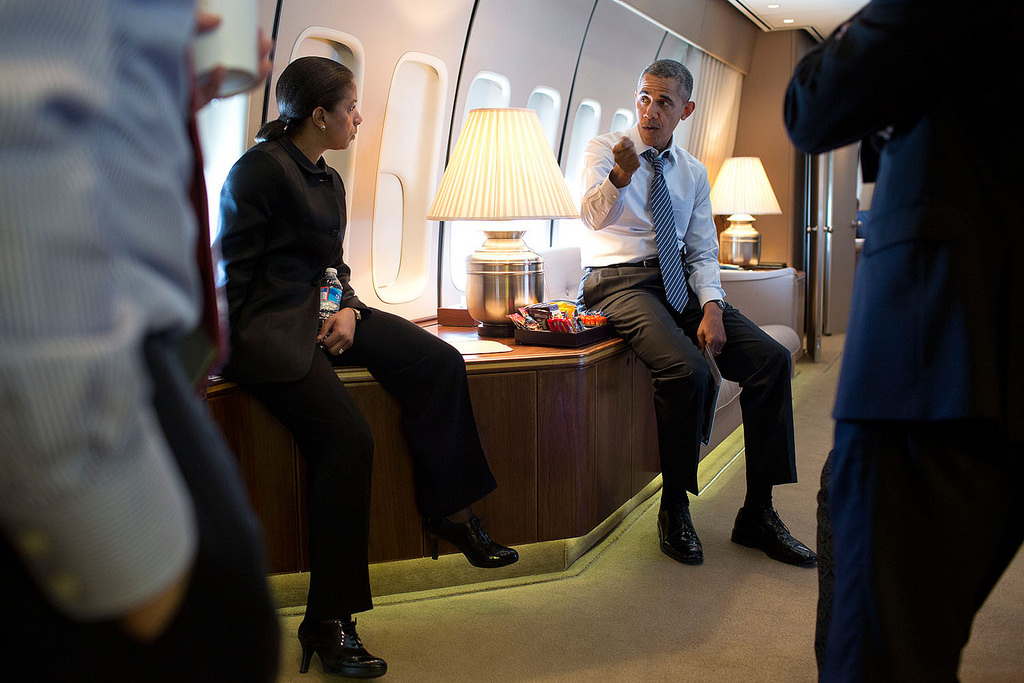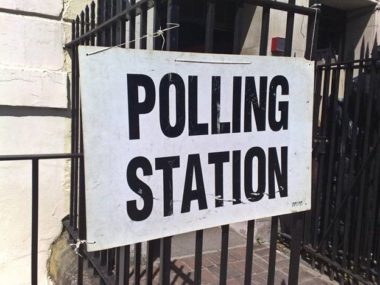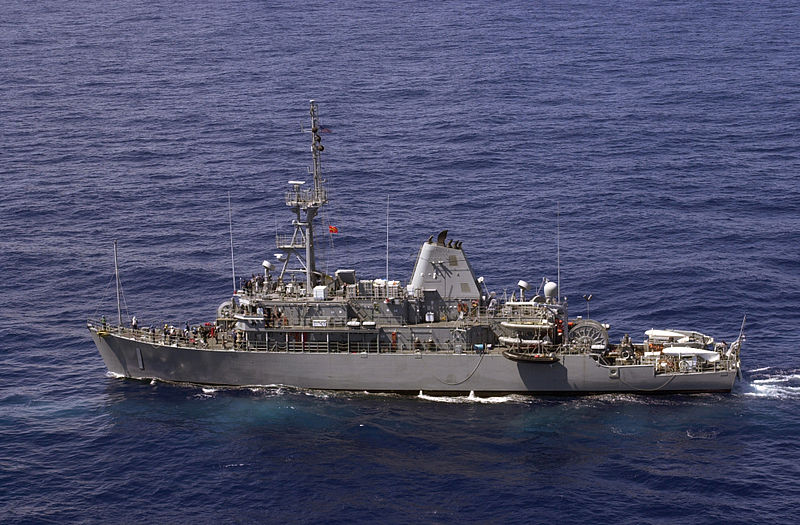Guest post by Erica De Bruin
In recent months, protests in support of Black Lives Matter—and the federal response to them—have highlighted the phenomenon of militarized policing in the United States. Notably, the current situation showcases two distinct forms of police militarization: the first occurring in local police forces, and the second at the federal level.
New data that track the use of militarized police internationally can help put developments in the United States in broader context—while also highlighting just how little we know about the causes and consequences of militarized policing.
There are two distinct forms of militarized policing occurring in the United States
As Lindsay Cohn describes in a post for Political Violence at a Glance in March, “militarized policing” can refer to several different things, including police use of military-grade equipment, organizing a police force along military lines, or a police culture that views the use of force as appropriate in a wide range of circumstances. It can be conceptualized along a continuum that runs from entirely civilian police agencies, on one extreme, to the use of the regular military for police duties, on the other. Internationally, militarized policing takes two common forms: the use of smaller riot units or SWAT teams embedded within larger civilian police forces (what can be referred to as “militarized civilian policing”); and the creation of independent, gendarmerie-style paramilitary police (“paramilitary policing”).
There are important distinctions between these two forms of militarized police. Militarized civilian police are accountable to civilian authorities, typically through an interior or home ministry. They have some access to military-grade weapons and gear, but these types of equipment may be limited to special units tasked with riot control or counterinsurgency, such as the Public Order Brigade in Tunisia, Tactical Response Unit in Fiji, or SWAT teams in local police forces in the United States. While special units may be organized into military-style formations, the rest of the force is decentralized and less hierarchical.
In contrast, paramilitary police, such as the French Gendarmerie, Philippine Constabulary, or Immigration and Customs Enforcement (ICE) in the United States, may report to either civilian or military authorities, have greater access to military-grade weapons and gear, and have a more hierarchical structure, often operating on the basis of military deployment tactics. These police forces are frequently organized under the ministry of defense and in some cases may be classified as a part of the armed forces.
Concerns about militarized policing in the United States center on both forms of militarized policing. The adoption of military weaponry, tactics, and organization structures by local police forces has been a process long in the making but has accelerated in recent years under US Defense Department programs that make excess military equipment available to local law enforcement agencies. Federal paramilitary police forces in the United States have also proliferated in recent years. Those that President Trump has called upon to repress protests in Washington, DC and Portland, Oregon, include personnel from ICE, Customs and Border Patrol (CBP), the Transportation Security Administration, and the Federal Protective Service of the Department of Homeland Security, among other agencies.
How the United States is—and is not—an outlier internationally
New data on the use of militarized police and other security forces in 110 countries between 1960 and 2010 help put these trends in context. The data show, first, that a majority of countries—more than 75 percent in 2010—use some form of militarized policing. The rates of militarized policing are high even within democracies. Across all the years in the dataset, more than 60 percent of democratic regimes have at least one militarized police force at the federal level. In this respect, the United States is not unique.
The militarization of civilian police is a growing international trend. The rise in riot squads and SWAT teams internationally has been driven, in no small part, by international police assistance programs. In the 1960s and early 1970s, the US Agency for International Development’s Office of Public Safety trained and equipped police forces in 52 countries, helping to militarize them in the process. As Stuart Schrader has documented, American officials that helped to militarize police abroad brought these same techniques home to police departments across the United States.
After 9/11, the United States resurrected police assistance as a major facet of foreign aid in order to help states combat insurgencies, drug trafficking, and terrorism. These efforts also encouraged the formation of militarized police. In Afghanistan, for instance, militarized police now struggle to conduct basic policing duties, undermining their legitimacy—and that of the Afghan state—in the communities they are supposed to serve. In Latin America, too, incentives created by US aid, combined with rising crime and perceptions of police inefficacy and corruption, have led a number of countries in the region to reverse efforts undertaken in the 1990s to demilitarize police.
Police militarization in the United States is distinct from police militarization elsewhere, in a few crucial ways. For one, police forces in most other countries are organized at the federal level, while the United States relies on a combination of local, state, and federal police. The combination of militarized and decentralized American policing is quite rare. And although militarized civilian policing is on the rise internationally, the use of federal paramilitary police forces has been less common since the end of the Cold War. In this respect, the United States is out of step with global trends.
Moreover, the creation of new paramilitary police forces—such as the establishment of ICE in 2003—is uncommon among democratic regimes. Indeed, the creation of ICE in the United States is one of just four instances since 1960 where a democratic country created a new paramilitary police force—and the only one that occurred in a consolidated democracy.
What we know—and what we don’t—about the impact of militarized policing
There is now accumulating evidence that some forms of militarized policing are associated with repression. In the United States, a number of recent studies show that the militarization of local police forces has resulted in more officer-involved shootings, and reinforced racial hierarchies. Focusing on Latin America, Gustavo Flores-Macías and Jessica Zarkin find that more extreme forms of militarized policing—including using the regular military itself to conduct policing—are associated with higher rates of political violence and more frequent human rights violations.
Yet there is still an enormous amount we don’t know about militarized policing. Why do some political leaders establish riot units within civilian police, while others create paramilitary police forces? Does militarized policing reduce or increase political violence? Is it an effective way to combat internal security threats, or does it undermine political stability in the long run? As the protests in Portland show, in many cases, militarized police responses can inflame political opposition rather than suppress it.
One particularly puzzling question is whether militarizing police forces brings the interests and incentives of military and police officers closer together, or whether it fosters resentment and competition in ways that might undermine political stability. Zoha Waseem’s ethnographic research with police and paramilitary officers jointly tasked with policing in Karachi suggests that such partnerships can undermine morale within civilian police acutely aware of their “younger brother” status in the arrangement. Elsewhere, military resentment over efforts to establish police riot units has undermined counterinsurgency efforts.
Differences between police forces and the armed forces are also driven by the fact that their recruitment pools do not necessarily overlap. Recent research by Adam Scharpf and Christian Gläßel suggests that “underachievers” are drawn to secret police organizations where loyalty, rather than merit, can presage career success. In the United States, there is suggestive evidence of a divergence in political beliefs between members of the regular military and federal police forces. In particular, personnel in ICE and CBP appear to hold more favorable views of President Trump than those in the military. It is thus no surprise that America’s paramilitary police have not objected to repressing protests to the same extent that retired military leaders have.
The twin developments in American policing—increasing militarization of civilian police forces, and the use of federal paramilitary forces for domestic policing—are worrying, and put the United States out of step with trends in most other democratic regimes. As other countries have found, once begun, police militarization is difficult to reverse.
Erica De Bruin is an assistant professor at Hamilton College. She thanks her Levitt Summer Research Group, including Max Gersch, Alexander Nemeth, Jenny Tran and Huzefah Umer, for research assistance and feedback.

